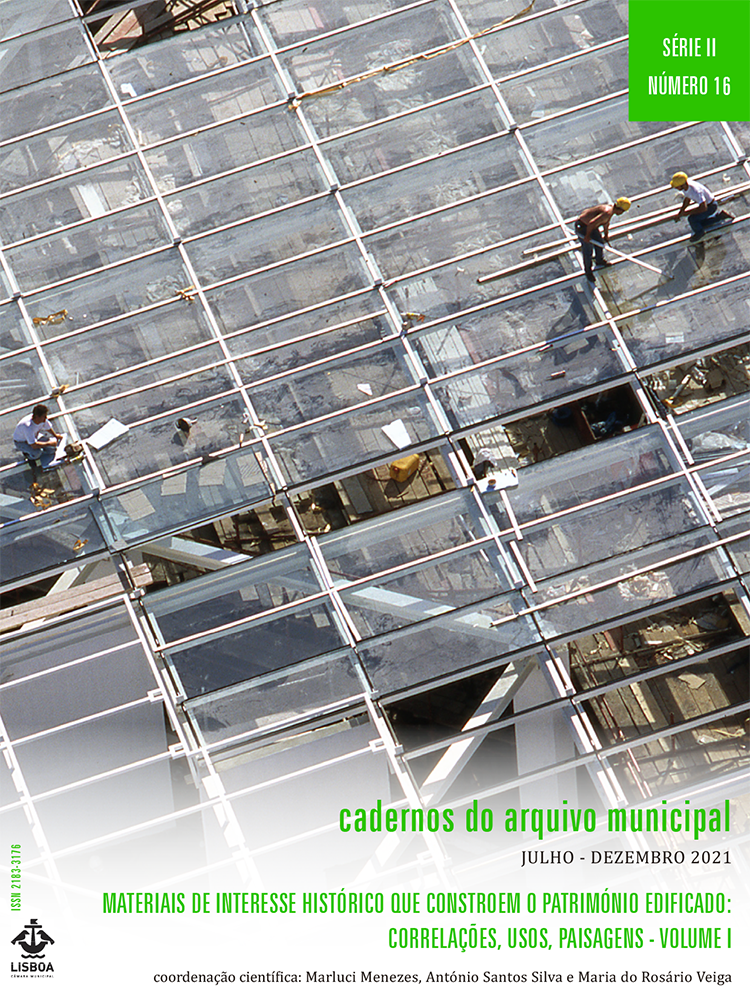Origin and technology of the Georgian brick at Fade Mansion, Dublin, built c. 1728
DOI:
https://doi.org/10.48751/CAM-2021-1646Keywords:
Ceramic brick, Firing temperature, Boulder clay, Non-calcareous raw-materialAbstract
This paper studies the provenance and firing technology of the Fade Mansion brick. The microstructure was studied with scanning electron microscopy (SEM), mineral associations and transformation were determined with X-ray diffraction (XRD) and petrographic analyses. The results evidenced that the bricks were made with a decalcified, silica-based clay of glacio-fluvial origin, gathered locally. This agrees with the position of the Mansion on a terrace of the River Liffey, and with previous research on historic bricks made with boulder clay. They were fired in kilns in an oxidising atmosphere. The rubbers at window heads reached lower temperatures which resulted in low vitrification, leading to weathering. Initial vitrification structures generally concur with the occurrence of clay minerals, indicating temperatures of c. 800°C. Continuous vitrification is associated to the disappearance of clay minerals, the sintering of hematite and/or high-temperature phases and mica transformation, indicating a wide temperature range >950-1200°C, which agrees with the inconsistent brick properties.
Downloads
Downloads
Published
How to Cite
Issue
Section
License
Copyright (c) 2021 Sara Pavía

This work is licensed under a Creative Commons Attribution-NonCommercial 4.0 International License.
The authors retain copyright and grant the journal the right of first publication, with the work simultaneously licensed under the Creative Commons Attribution License CC BY-NC 4.0 which allows sharing and adapting the text as long as its authorship is correctly attribbuted with recognition of the initial publication in this journal.










